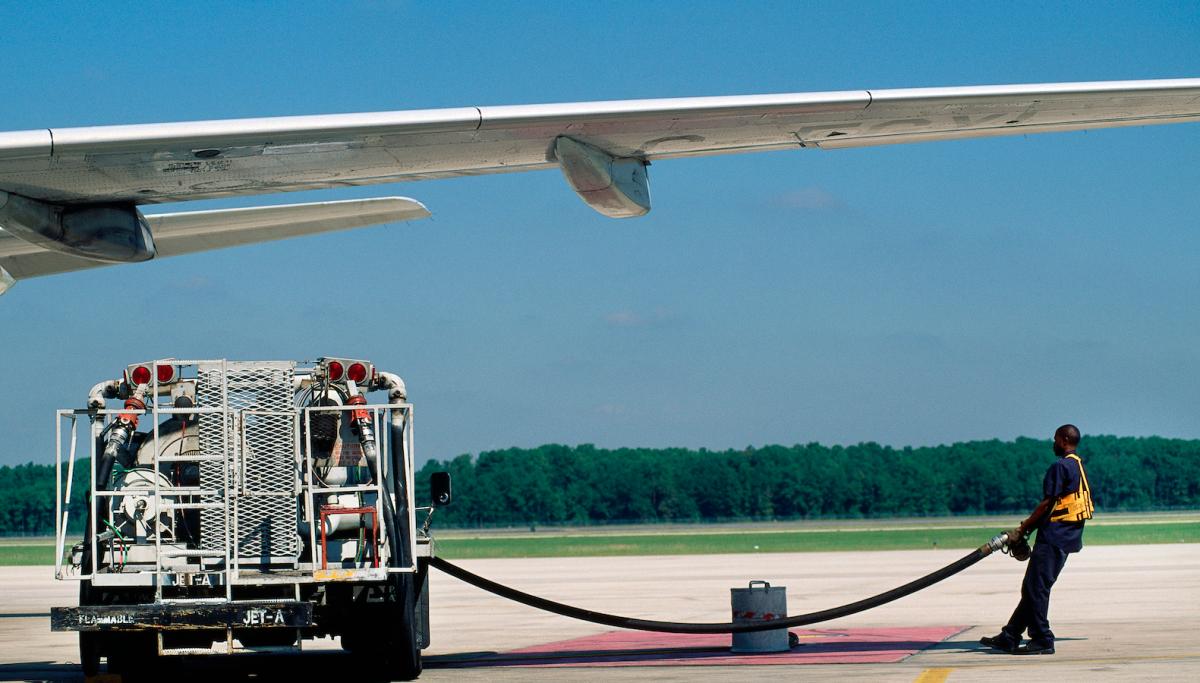This story was originally published by WIRED and is reproduced here as part of the Climate Desk collaboration.
Jet A-1, a straw-colored, kerosene-based fuel used in most big airplanes, is a difficult substance to replace. It’s packed with energy; per unit of weight, at least 60 times as much as the lithium-ion batteries used to propel electric cars. It’s also terrible for the climate. So as the aviation industry has gradually climbed aboard global pledges to get rid of carbon emissions, it has mostly promised to make up for its damage elsewhere — through offsets that might involve planting trees, restoring wetlands, or paying people to preserve ecosystems that otherwise would have been razed. But according to a growing body of research, those efforts leave something out: Most of the planet-warming effects of flying aren’t from carbon dioxide.
Burning jet fuel at 35,000 feet sparks a molecular cascade in the troposphere. The initial combustion releases a shower of particles — sulfur, nitrogen oxides, soot, and water vapor. At those frigid heights, some of the particles become nuclei around which condensation gathers and the... Read more


